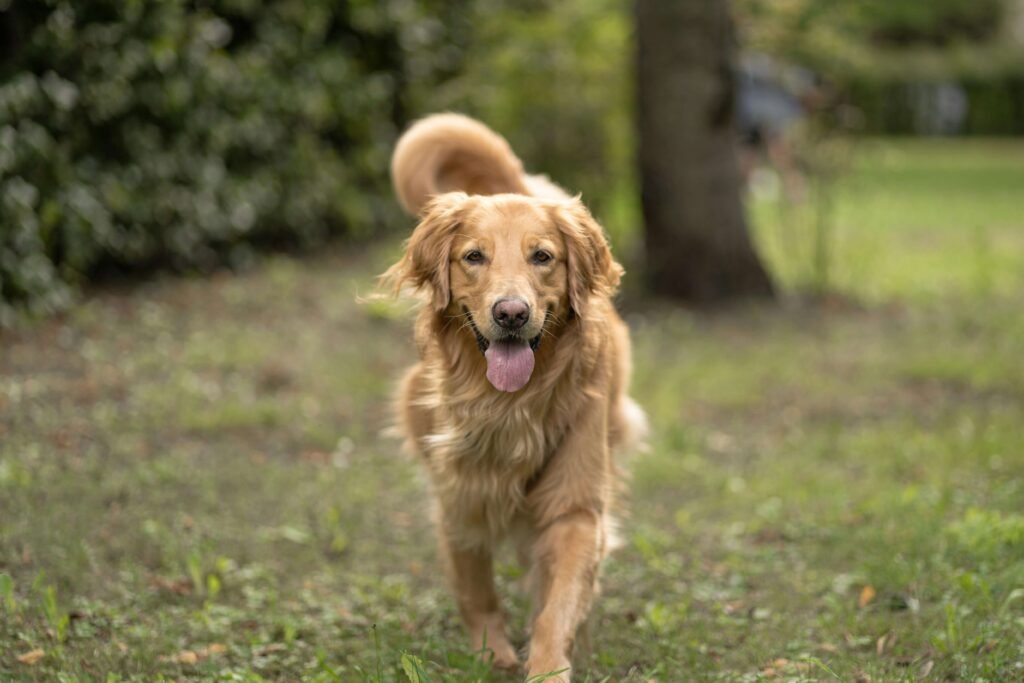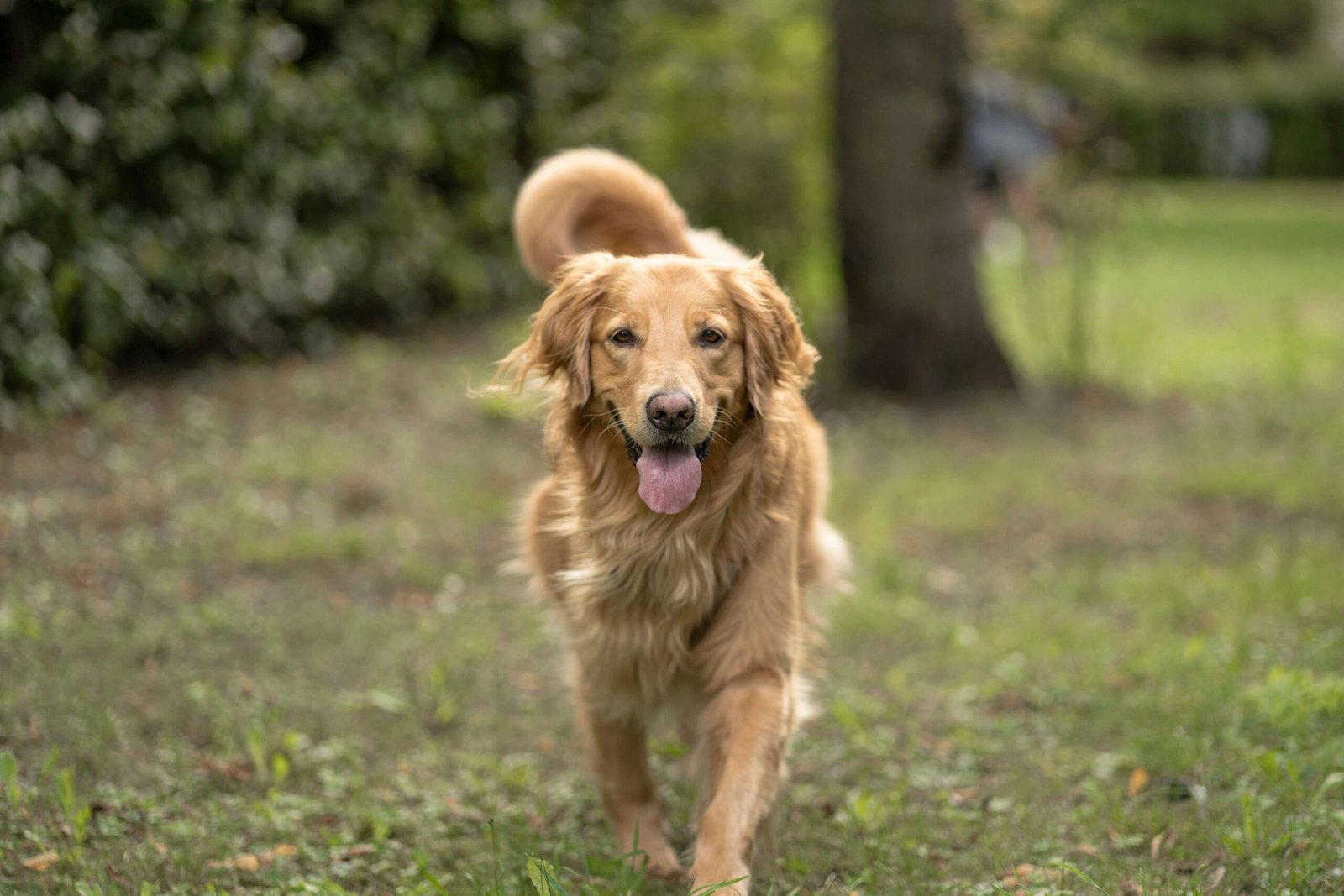What to Do If Your Dog Eats a Pork Bone
Dogs are notorious for their curious and sometimes mischievous behavior, especially when it comes to food. One common concern many pet owners face is what happens if their dog accidentally eats a pork bone. While bones might seem like a natural treat for dogs, pork bones can pose serious risks, including choking hazards, intestinal blockages, or even splinter-related injuries. In this blog post, we’ll walk you through everything you need to know about handling this situation, from immediate actions to long-term prevention strategies. Whether you’re dealing with an emergency or simply want to be prepared, this guide will help you keep your furry friend safe and healthy.
Immediate Steps to Take If Your Dog Eats a Pork Bone
If your dog has just swallowed a pork bone, staying calm and acting quickly is essential. Here’s what you should do right away:
Assess the Situation : Observe your dog closely to determine if they’re showing any signs of distress, such as gagging, drooling, or vomiting.
Do Not Induce Vomiting Without Guidance : Attempting to make your dog vomit without professional advice can worsen the situation, especially if the bone is sharp.
Contact Your Veterinarian : Call your vet immediately to explain what happened and seek their advice on the next steps.
Monitor for Symptoms : Keep an eye out for symptoms like lethargy, abdominal pain, difficulty swallowing, or blood in vomit or stool.
Prevent Further Access : Remove any remaining bones or hazardous items from your dog’s reach to avoid further incidents.
Taking these immediate steps can help mitigate potential risks and ensure your dog receives the care they need promptly.
Potential Risks of Eating Pork Bones
Pork bones may seem harmless at first glance, but they can lead to several health complications for your dog. Understanding these risks can help you act more effectively in an emergency.
Splintering Hazard : Pork bones can splinter easily, causing cuts or punctures in your dog’s mouth, throat, or digestive tract.
Choking Risk : Large pieces of bone may get lodged in your dog’s throat, leading to choking or breathing difficulties.
Intestinal Blockage : Fragments of bone can cause blockages in the intestines, requiring surgical intervention in severe cases.
Tooth Damage : Chewing on hard pork bones can crack or fracture your dog’s teeth, leading to dental issues.
Bacterial Infection : Raw pork bones may carry harmful bacteria, increasing the risk of infections like salmonella or E. coli.
Being aware of these risks underscores the importance of preventing your dog from consuming pork bones altogether.
Check this guide 👉Can I Feed My Dog Raw Ground Beef? Best 7 Expert Tips!
Check this guide 👉Can Dogs Eat Chicken Nuggets? Best 7 Health Tips!
Check this guide 👉The Truth About Dogs and Chicken Bones: Best 7 Expert Tips!

Symptom | What It Could Indicate |
|---|---|
Excessive Drooling | Possible oral injury or discomfort |
Vomiting or Gagging | Bone fragments irritating the stomach or throat |
Lethargy or Weakness | Potential internal damage or infection |
Abdominal Swelling or Pain | Possible intestinal blockage or perforation |
Blood in Stool or Vomit | Severe internal injury or infection |
Preventive Measures to Keep Your Dog Safe
Prevention is always better than cure when it comes to your dog’s health. Here are some practical steps to minimize the risk of your dog eating pork bones:
Supervise Mealtime : Always monitor your dog during meals or when they’re given treats to prevent accidental ingestion of hazardous items.
Provide Safe Alternatives : Offer dog-safe chew toys or bones specifically designed for canine consumption instead of real bones.
Store Food Properly : Keep all human food, especially bones and meat products, securely stored where your dog cannot access them.
Educate Family Members : Ensure everyone in your household understands the risks of feeding dogs inappropriate foods.
Train Your Dog : Teach your dog commands like “leave it” or “drop it” to prevent them from picking up dangerous objects.
By implementing these preventive measures, you can significantly reduce the likelihood of your dog encountering a pork bone-related emergency.
Long-Term Care After a Pork Bone Incident
Even after addressing the immediate issue, it’s crucial to provide ongoing care to ensure your dog remains healthy. Here’s what you should focus on:
Follow-Up Veterinary Visits : Schedule regular check-ups to monitor your dog’s recovery and rule out lingering complications.
Watch for Behavioral Changes : Pay attention to changes in appetite, energy levels, or bathroom habits, as these could indicate underlying issues.
Adjust Diet Temporarily : Switch to a bland diet recommended by your vet to ease digestion while your dog recovers.
Limit Physical Activity : Avoid strenuous exercise or play that could strain your dog’s body during the healing process.
Reinforce Training : Use the incident as an opportunity to reinforce obedience training and improve your dog’s impulse control.
With proper long-term care, you can help your dog recover fully and prevent similar incidents in the future.
Signs Your Dog May Be in Distress After Eating a Pork Bone
If your dog has consumed a pork bone, it’s crucial to watch for signs of distress that may indicate complications. Here’s what to look out for:
Excessive Drooling : This could signal irritation or injury in your dog’s mouth or throat.
Difficulty Breathing : Labored breathing may indicate a blockage or choking hazard caused by the bone.
Loss of Appetite : Refusal to eat is often a sign of pain or discomfort in the digestive tract.
Restlessness or Pacing : These behaviors suggest your dog may be experiencing internal discomfort or pain.
Whining or Crying : Vocalizations can indicate distress, especially if accompanied by other symptoms.
Recognizing these signs early allows you to act quickly and seek veterinary care before the situation worsens.
Safe Alternatives to Pork Bones for Dogs
To satisfy your dog’s natural urge to chew without risking their health, consider these safe alternatives:
Rubber Chew Toys : Durable rubber toys are designed to withstand heavy chewing and are safe for dogs.
Edible Dental Chews : These chews promote oral health while providing a satisfying chewing experience.
Antler Chews : Naturally shed antlers are long-lasting and pose minimal risk to your dog’s teeth or digestive system.
Frozen Carrots : A healthy and crunchy snack that doubles as a low-calorie treat for your pup.
Kong Toys Stuffed with Treats : These interactive toys keep dogs entertained while satisfying their chewing instincts.
By offering these alternatives, you can keep your dog happy and healthy while avoiding the dangers associated with real bones.
How to Train Your Dog to Avoid Harmful Foods
Training your dog to avoid dangerous foods like pork bones is an essential part of responsible pet ownership. Here’s how to get started:
Use Positive Reinforcement : Reward your dog with treats or praise when they follow commands like “leave it” or “drop it.”
Practice Consistently : Regular training sessions help reinforce good behavior and build your dog’s impulse control.
Simulate Real-Life Scenarios : Place tempting items on the floor and practice having your dog ignore them under your command.
Teach a “Safe Zone” Command : Train your dog to retreat to a designated area when they encounter something unsafe.
Involve the Whole Family : Ensure everyone in your household uses the same commands and training techniques for consistency.
With patience and persistence, training can significantly reduce the likelihood of your dog ingesting harmful items like pork bones.
Frequently Asked Questions About Dogs Eating Pork Bones
Can dogs safely eat cooked pork bones?
No, cooked pork bones are brittle and can splinter easily, posing significant risks to your dog’s health.
What should I do if my dog seems fine after eating a pork bone?
Even if your dog appears fine, monitor them closely for 24–48 hours and consult your vet for peace of mind.
Are raw pork bones safer than cooked ones?
Raw pork bones are still risky due to potential splintering, choking hazards, and bacterial contamination.
How much does treatment cost for a dog that ate a pork bone?
Costs vary depending on the severity of the issue but can range from $200 for minor cases to thousands for surgeries.
Can I give my dog other types of bones?
It’s best to avoid real bones altogether and opt for vet-approved alternatives like synthetic chews.
Keeping Your Dog Safe: A Responsible Pet Owner’s Guide
While accidents happen, being informed and proactive can make all the difference when it comes to your dog’s health. Understanding what to do if your dog eats a pork bone—and how to prevent such incidents—ensures that you’re prepared to handle emergencies effectively. By taking preventive measures, providing proper care, and staying vigilant, you can protect your furry companion from unnecessary risks. Remember, your dog relies on you to keep them safe, so always prioritize their well-being above all else.
Canned Pumpkin for Cat Diarrhea: Best 7 Expert Tips! Natural remedy to firm stools, soothe upset bellies, and support gut health safely.
Can a Cat Give You Scabies? Best 7 Expert Tips! Discover the truth about feline mites, human skin risks, and how to protect yourself—without panic.
Cat Flea vs Human Flea: Best 7 Expert Tips! Discover the truth about bites, species, and how to eliminate infestations for good.
Weird Cat Behaviors: Best 7 Expert Tips! Discover why cats do strange things—and how to understand, not punish, their instincts for a happier home.





